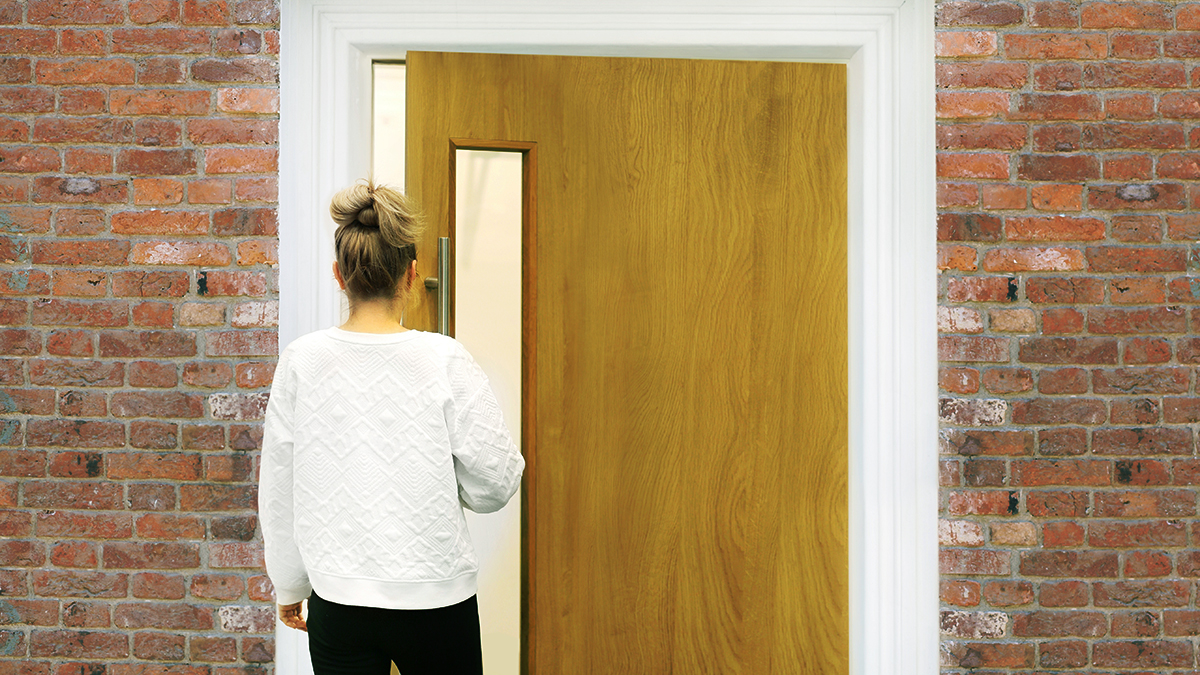
Have you ever wondered about yearbook photography laws and whether you can take pictures somewhere? Fun fact: photographing the Eiffel Tower is legal during the daytime, but things get more complicated at night. Learn what is okay and what’s not in our list of photographers’ rights.
Everyone has a camera in their pocket these days, don’t they? It’s good to know that we can capture the moments that mean the most to us. But few of us think about or even know our rights or limitations in being able to do so.
I didn’t either until a store manager approached me one day. I was attempting to take a picture of my daughter and her friend in front of a display in the middle of the mall. The manager nicely explained that their store carries a stringent “no photography” rule and I would not be allowed to post my photo anywhere online.
I immediately complied with the manager for a few reasons. First, I didn’t consider it to be a big deal. It was just a posed photo – and I had taken a dozen more that day – so there was no importance to that particular shot. Also, I didn’t want to make more of a scene in front of the kids than had already occurred. And lastly, I needed to familiarize myself with yearbook photography laws and my rights as an amateur photographer.
To prevent finding yourself in a similar situation, read up on your rights to take and publish photographs. You can use this information to determine what is acceptable in your school’s yearbook.
THE LAWS
Not all “no photography” signs are clear, so always be on the lookout.
The general rule is that if you’re in a public place and can see it, you can shoot it. So, if you’re at the park or beach, whatever you see is open for photographing. Taking pictures on government property is mostly considered okay but prohibited on military bases and inside government buildings. (So, photos at the Washington Monument are fine, but taking pics inside your local courthouse isn’t.)
The line blurs a bit regarding what is called expected privacy. You’re not allowed to take pictures on public property if there is an expectation of privacy. For example, public restrooms are off-limits from photography. Similarly, taking photographs inside someone’s windows while standing on the sidewalk on public property is unacceptable.
When you’re on private property, the rules are more defined. The property owner can dictate what you are and aren’t able to photograph. You can be cited for trespassing if you do not adhere to these rules.
You can take pictures of strangers in public places without their consent. However, you cannot sell them without their knowledge or permission. For example, you can’t snap a picture of a stranger walking past you on the street and then sell it for profit as an advertisement to Coca-Cola. But, when you take a picture of someone at the science fair, publishing it in your yearbook is okay.
ERR ON THE SIDE OF ETIQUETTE
Many public places like zoos and museums have photography rules posted directly on their website. But if you’re out on a school trip and can’t find information about the photography regulations, ask someone who works there. Some locations allow and even encourage photography. Others allow photography as long as you don’t use flash. Still others prohibit all photography, whether you intend to publish it or not. In the case of banned photography, management can ask you to leave the premises or, in extreme cases, have the authorities called. Again, save yourself the hassle and ask an employee.
When photographing other people, especially children, even though it’s legal to take their pictures in public, it’s still better –and more polite– to ask first.
At the beginning of the school year, students should receive a photography waiver for their parents to complete and return. This form allows families to decide whether their child’s photo can be taken and placed in school publications such as the yearbook. Make a list and keep it with you to avoid cross-referencing later.
The ACLU also recommends carrying this printable pocket guide of photographer’s rights with you in case someone approaches you despite being within your legal rights. Had I had such a document when that store manager spoke with me, I could have politely explained that malls are open to the public and I was within my rights.
HASSLE-FREE YEARBOOK PUBLISHING
Educating yourself on what is and isn’t acceptable in the world of yearbook photography laws can save you a lot of headaches when creating your yearbook. You’re already using Treering to make designing and publishing your yearbook easier, so following these simple rules will ensure you spend time on the fun aspects of yearbook creation rather than time-consuming hassles.
Are you still wondering what’s up with the Eiffel Tower? The twinkle lights that come on at night are considered their own art installation and are still under copyright. Want the full coq au vin? Click ici.
Please note: this is not a legally binding guide. Photographers should always check the rules and regulations of all establishments and with parents before taking pictures.





